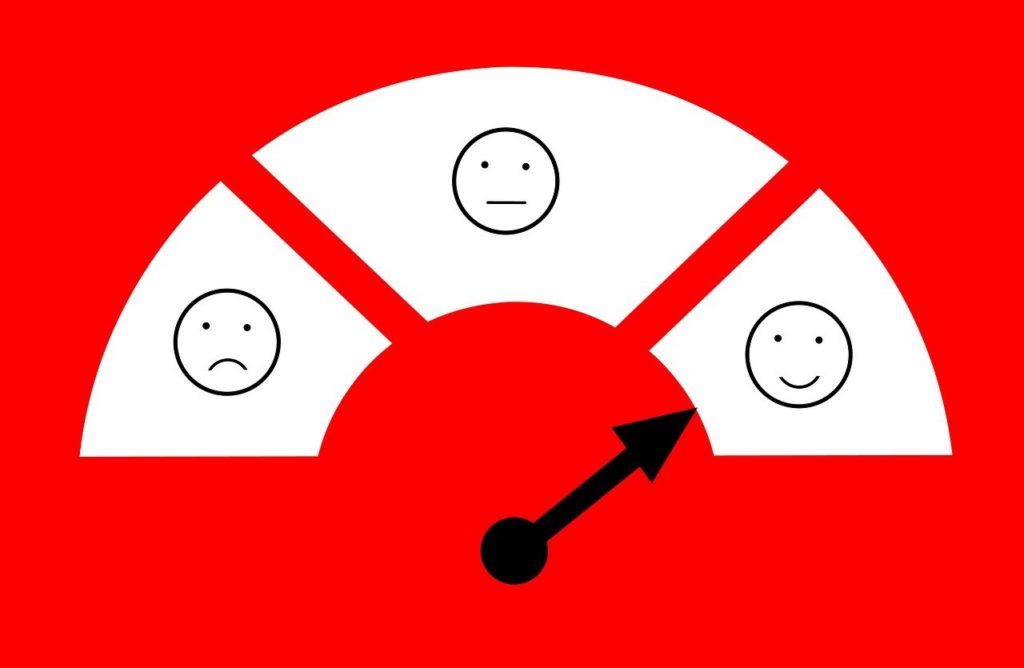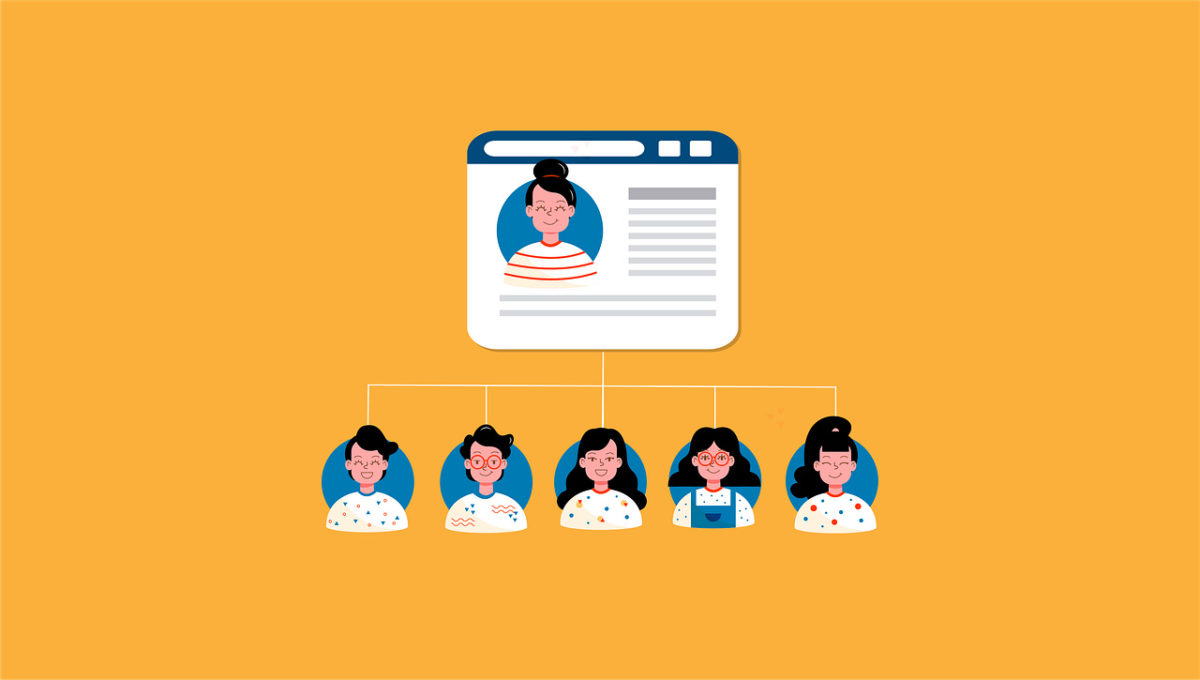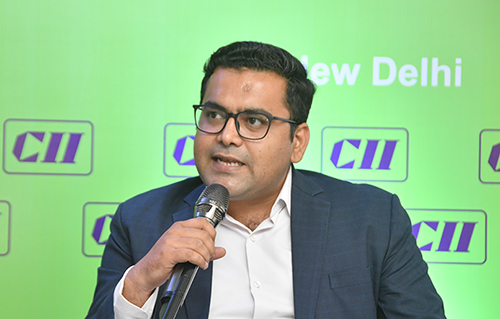In today’s world, consumers have more power and greater choices than ever before. Therefore, only businesses that know how to resonate with their target audience will survive. Learning how to do customer research is the key to success.
It is a crucial concept for all businesses, from startups to international organizations, to master. This guide will provide insights on how to do customer research effectively while simultaneously answering all of your key questions, such as:
- Why does customer research matter?
- What types of customer research should be used?
- How can you conduct research into your target audience?
- What are the challenges modern businesses are facing?
- How can data analysis be utilized to make your research more valuable?
Importance of customer research
Last year, the global revenue of the market research industry surpassed $84bn, and the sector continues to grow at pace. It is defined as identifying customer segments, needs, motivations, and behaviours to provide valuable data insights.
Its importance for marketing strategies and brand positioning is vast, as it can guide several vital decisions. Once you know how to do customer research correctly, it will help you:
- Gain deeper insights into your existing customers
- Identify expansion opportunities
- Identify new markets and potential audiences
- Review and improve existing strategies
- Set realistic and achievable business goals
Customer research has become necessary for unlocking your business’s potential and staying ahead of the competition.
Types of customer research

Before conducting research, it’s essential to understand the different types available and the insights that they provide. The three main types are detailed below:
Qualitative research
Qualitative research is subjective and is designed to explore ideas, which could mean understanding the company’s current output and introducing new ideas. It is usually conducted with smaller audiences, such as focus groups, to gain a deep understanding of the consumer’s view. It aims to consider the “why” rather than just the “what.”
Quantitative research
Quantitative research is defined as numeric data that can be objectively measured. It aims to secure statistical data that delivers clear insights into customer patterns, which may subsequently be used to analyze where the business stands or consider the impact of proposed changes. It relies heavily on acquiring extensive data sets for meaningful and accurate insights.
Market research
Market research evaluates the viability of a product or service by examining consumer trends in the economy. This can include primary and secondary research, such as industry reports or competitor analysis. It is designed to paint a clearer picture of the current landscape and predict future opportunities, which can help guide your company’s strategic decisions.
5 Steps for conducting customer research
Most organizations combine all three research methods above to conduct customer research. However, it’s equally important to implement the proper roadmap to ensure that the data acquired through qualitative, quantitative, and market research leads to the right destination.
The five simple steps below will lead you to success:

Identify your research goals
Simply stating that you want to know more about the consumer and deliver a better experience, as 75% will spend more as a result, isn’t enough. Clear objectives could include understanding consumer behaviours, areas where they feel neglected, and identifying new concerns. Setting a clear purpose can guide your research.
Define your target audience
Any data collected is irrelevant if the responses come from the wrong audiences. Frankly, only people who fall into your target audience or potential new demographics matter. Learning how to define yours will ensure you reach the right audiences.
Choose the suitable research methods
In addition to the “what” and “who,” you need to consider the “how.” The best research methods will be vital to securing valuable insights at scale. Whether you know how to conduct a competitor analysis, run focus groups, or use surveys effectively, this knowledge will make a difference.
Gather and analyze data
The above steps are all focused on the preparations. Now it’s time to do the research andallow time to obtain the data. This is true whether sending email surveys, hosting focus groups and interviews, or using other techniques. Then you will be ready to record and plot the data.
Draw insights and conclusions
Once you have the data, you can visualize it and extrapolate its meaning. All data and feedback analysis should ultimately link back to the goals you set earlier. The customer research process aims to answer critical questions about your business and where it’s going. Conclusions should be clear for all parties.
Tools and techniques for customer research

When considering customer research, utilizing the proper techniques will allow you to secure accurate data fastest. You can then make sense of the data and use it to guide your next decision. The best tools are as follows:
Surveys and questionnaires
Surveys and questionnaires are great tools because they can secure a combination of qualitative and quantitative data. They can also be sent en masse online. Be sure that responses come from your intended demographic.
Interviews
Interviews work well because their one-on-one nature and conversational approach allow you to truly gain a deeper understanding of your customers’ thoughts. This can be very useful for building buyer personas. It should be noted, though, that they are a time-consuming endeavour.
Focus groups
Focus groups work exceptionally well for gaining views on products and potential products. To succeed, a carefully selected group of existing customers or people who fall into your target audience is essential. A group of 8-12 people will offer the best insights for your research. The key is to encourage flowing conversation.
Social media listening
Social media listening is easy because it’s a relatively passive type of research. You check what relevant consumers say about the company and its products. It can deliver insights into what they like and don’t like. Just be sure to focus on the social media platforms that members of your target audience use.
Customer feedback analysis
Customer feedback from reviews, customer support platforms, and other channels can be helpful. Feedback analysis may spot trends in what issues are frustrating your customers, which can help you improve. Addressing the issues also allows you to solve customer issues and prevent similar problems for others.
Tips for successful customer research

It’s not enough to teach yourself how to do customer research. For true success, you need to learn how to do it well. The following tips should help:
Be objective and unbiased
You know the questions you want the customer research to answer, but you must avoid influencing the results. Giving consumers a voice is only possible if you actively listen.
Use a mix of research methods
Qualitative, quantitative, and market research all have a role, and various techniques should be used. This will deliver more detailed and comprehensive data to boost the value of your research.
Keep the research process organized
If the data isn’t organized, it could become corrupted by duplicates, missed data, or incorrectly grouped data. If you want to make better sense of the data, you need to always keep it organized.
Continuously track and measure results
Consumer research should be an ongoing task, not least because situations change. Discovering and analyzing the latest customer insights will enable you to stay on top of the problem.
Common challenges and how to overcome them
Conducting customer research opens the door to many opportunities but can also introduce several challenges. When you know how to sidestep the issues below, the road to success will be far smoother.
Obtaining accurate and reliable data
The growth of AI and bots can be particularly problematic for the reliability of data collected online. Meanwhile, subjective data can be compromised if all team members are not on the same page. So, focus on training staff for consistency and verify all responses.
Dealing with low response rates
Data can only deliver value if you have a large number of responses. The best way to overcome this is to keep going by either extending the timeframe or putting more people on the job. Alternatively, you can incentivize respondents with discounts on their next purchase.
Interpreting and applying data effectively
The data collection process is only possible with suitable applications. Spotting patterns, trends, and differences that relate to your objective is vital. Meanwhile, identifying anomalies will prevent the risk of data becoming compromised by a small number of wrong responses.
Customer research is one of the most essential facets of business as it provides a better understanding of the most crucial person in your business: the customer.
Now that you know how to do customer research effectively, it’s time to get your team on board.







disqus comments